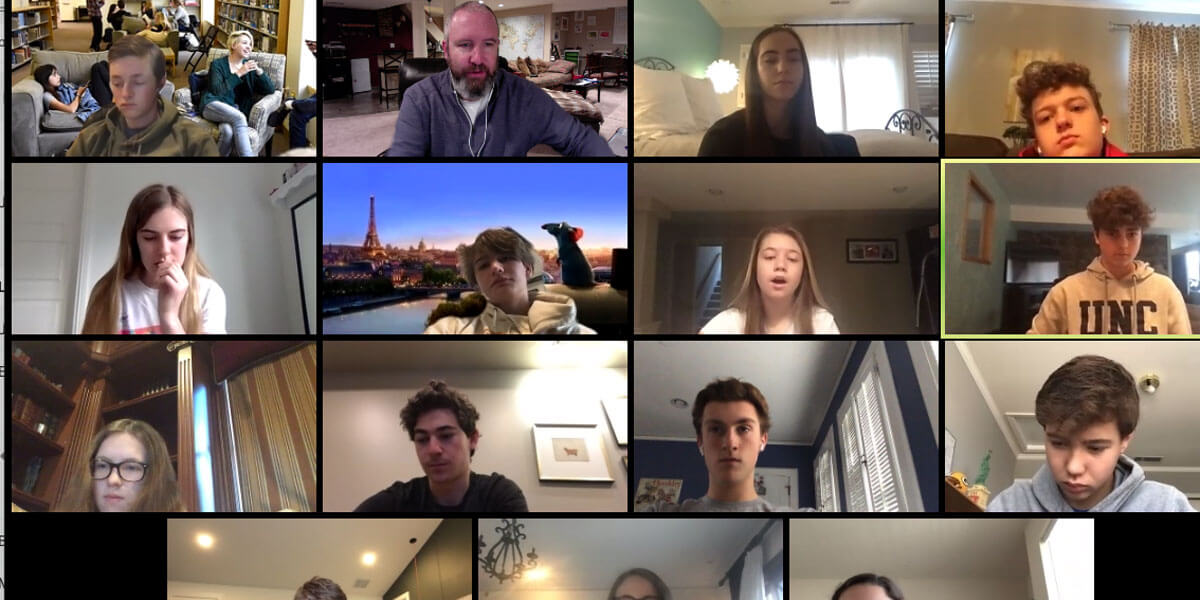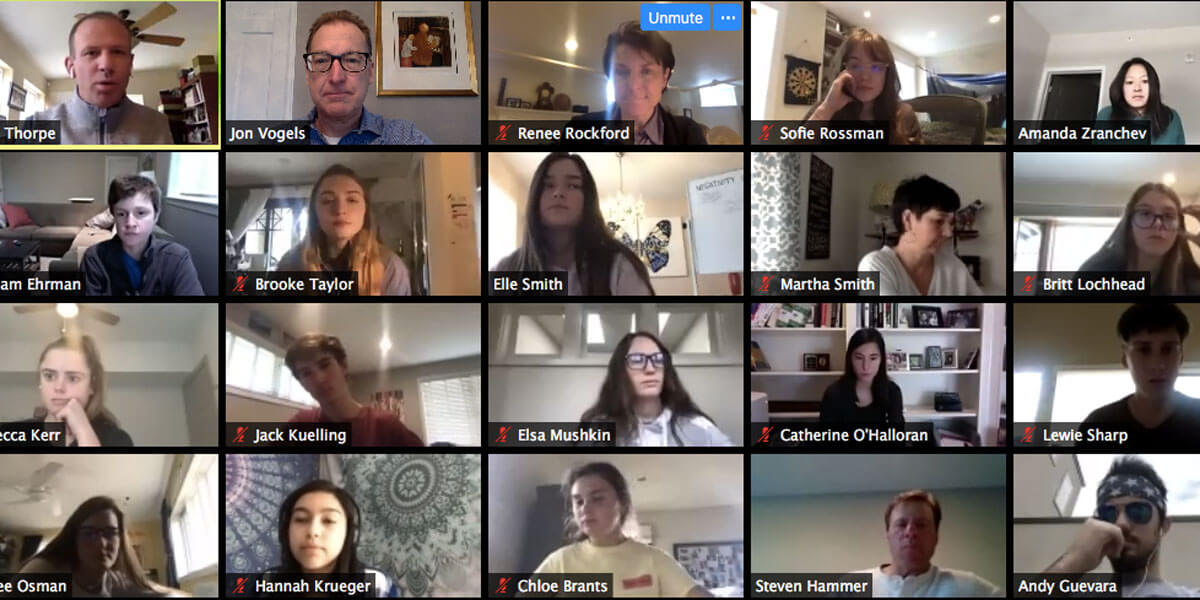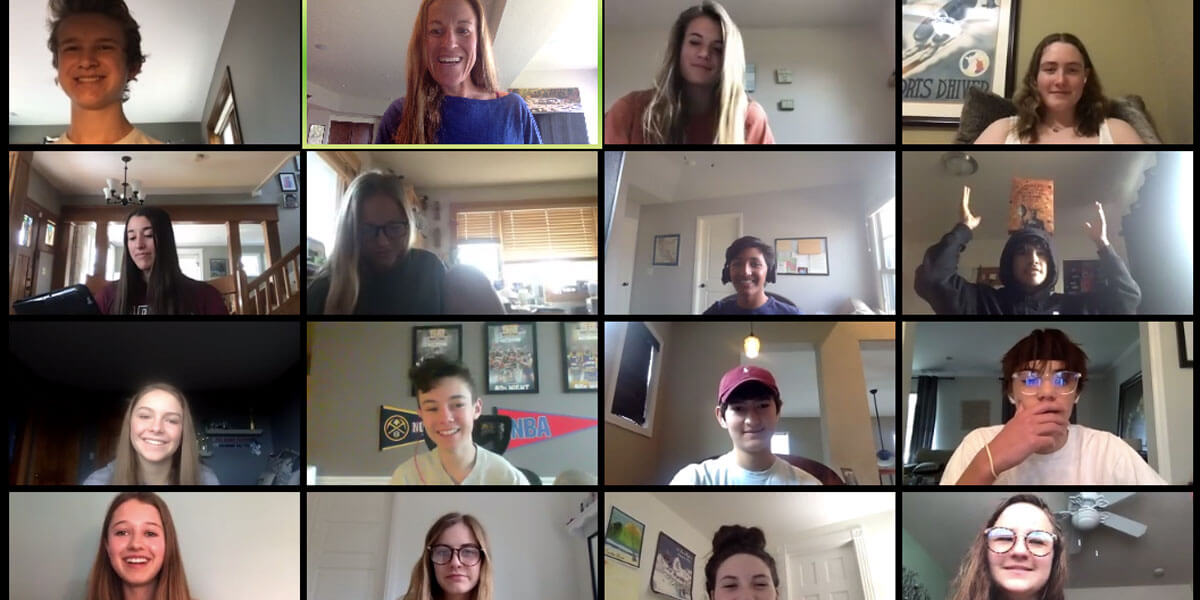We all know how the rest of that saying goes, and I’m pleased to say it is proving true, now that we have shifted to remote learning in the Colorado Academy Upper School.
Yes, many things have changed all around us, as we continue to cope with COVID-19, social distancing, flattening the curve, and learning through Zoom. None of these phrases were even in our vocabularies three months ago. During these past eight weeks, CA and 90 percent of the other schools in the nation have had to make an abrupt change in operations and cope with a brand- new reality. Many aspects of our educational model were transformed, adapted, and re-formatted.

… the more they stay the same
What has stayed the same at Colorado Academy? Most of the best aspects of our academic program are the same. At the core of our work are the professional connections between students and teachers; that remains firmly intact. When I have had the chance to visit classes virtually—which I can do through the ease of the Zoom platform—I still see dedicated educators working with motivated students.
In math classes, I’ve seen teachers guiding and challenging students, leading them through problems they are working out on their iPads; they also pop in and out of the “breakout rooms,” in which students can work in small groups. While in these virtual rooms, teachers coach the students more directly, just as they would do in their usual classroom spaces. They are also providing office hours every day for at least thirty minutes, often more, when students can schedule time for extra help sessions.
In Mr. Mills’s English class, I have seen students giving oral presentations to their classmates. Zoom allows for any user to “share their screen,” so that other students can see what is on their computers. Thus, a student can give a lecture on a modern American poet, as I saw in this class, and invite conversation with their peers. In other English and history classes, I have watched lively discussions, including one in Ms. Sarles’s U.S. History class in which students were contemplating the ethical pros and cons of dropping the atomic bomb on Japan during World War II. Later that week, the same students took part in a debate.
Science and technology classes still feature labs and hands-on learning to a large extent, despite the obvious physical limitations. I have been amazed at the resourcefulness of our teachers in these classes, like Ms. Smith leading her biology and chemistry students through a research-based analysis of the recent COVID-19 coverage, or Ms. Jekel conducting stove-top lab demonstrations from her kitchen, or Ms. Myers helping her students build solar ovens on Earth Day. Seeing a physics class with Ms. Zranchev, I also learned about PhET, an online interactive simulation website hosted by the University of Colorado. The resources on that site are truly extraordinary, and students can fully engage in the virtual labs they are doing.
And, as I highlighted in a blog post recently, our arts teachers have been incredible in adapting to their new teaching and learning environment, finding innovative approaches to keep their students progressing in their chosen arts electives. They have maintained their commitment to develop the students’ talents and help them to see the beauty of objects all around. Not surprising, this group of teachers is leading the way when it comes to creativity!

What we’re missing
This is not to say that remote learning can replicate everything that is wonderful about an in-person school setting, especially one with a strong community focus like we have at CA. We all miss those small moments that occur before and after classes, the casual conversations that happen in the hallways, and all the other forms of direct human contact that is so much a part of what we do. We would rather be together on our beautiful campus, not worrying about whether we are six feet away from each other.
Yet, we must adapt and make the best of the challenging situation. Although we are all tucked away in our own homes, active learning is alive and well in the Upper School. More things do stay the same.
